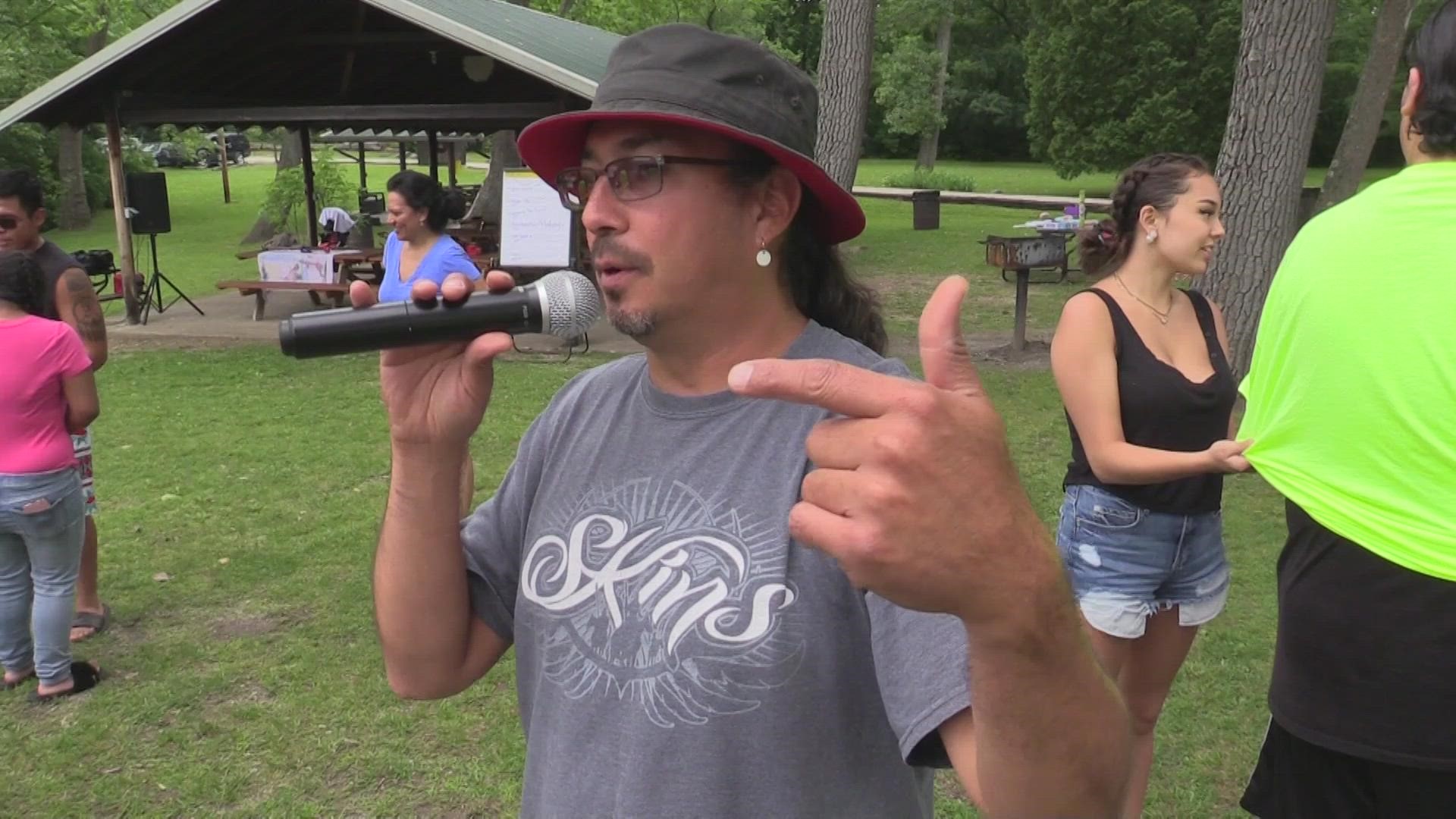COLUMBUS, Ohio — November is Native American Heritage Month or also referred to as National American Indian and Native Alaskan Heritage Month.
It’s a time to celebrate the diverse cultures, traditions and histories and acknowledge the important contributions of Native people.
This month is also a time to learn about tribes and raise awareness about the unique challenges Native people have faced both historically and in the present.
How and when did National American Heritage Month start?
Congress requested that the president proclaim the week of Nov. 23-30, 1986 as American Indian Week. President Ronald Reagan signed a proclamation in November 1986 declaring the first American Indian Week.
The proclamation recognized Native Americans as the first inhabitants of the lands and their contribution to American society.
In 1990, Congress requested that the president issue a proclamation designating the month of November as National American Indian Heritage Month. Congress chose the month since it concluded the traditional harvest season and was generally a time of Thanksgiving and celebration.
Since then, presidential administrations have issued proclamations designating November as National American Indian Heritage Month. The name was then changed to National Native American Heritage Month in 2009.
Ohio's role in Native American History
* Information provided by the Ohio History Connection
Traced back to 800 B.C. by archaeologists, some groups inhabiting Ohio land cultivated crops and made pottery for food storage and cooking.
The Woodland cultures occupied much of Ohio until at least A.D. 1200. The Adena group was well-known for the burial mounds they constructed in central and southern Ohio.
Natives practicing the Middle Woodland Hopewell culture continued to build burial mounds and also constructed sites in geometric shapes where social and ceremonial gatherings were held.
Ohio also served as a leading center for trade and commerce for Native Americans. The Natives traded crops and other materials with Europeans.
The Hopewell people maintained a large trade network extending as far as the Rocky Mountains of Wyoming, the Florida coast and Appalachians and northern Lake Superior.
In the late 17th and early 18th centuries, French land surveyors and traders made contact with the Native for many. Because there were no permanent French settlers or no firm control over territory, the French traders and Natives lived mainly peacefully for decades.
By the mid-18th century, the British competed with the French and the struggle then led to the Seven Years War.
Once colonists started moving into the land to colonize, Native tribes were pushed out and some died as a result of war. The tension between foreigners and Natives lasted for several decades.
Shawnee Chief Tecumseh tried his best to unite the tribes to stand in resistance to the new settlers and take back their land. Following his death in 1813, the resistance slowly came to an end.
The last Native American tribe left Ohio in 1843.
Notable Native American tribes in Ohio
Ohio was home to several Native American tribes. Among them were the following:
- The Shawnee Tribe
- The Ojibwa Tribe (also called the Chippewa Tribe)
- The Delaware Tribe
- The Wyandot Tribe
- The Eel River Tribe
- The Kaskaskia Tribe
- The Iroquois Tribe
- The Miami Tribe
- The Munsee Tribe
- The Seneca-Cayuga Tribe
- The Ottawa Tribe
- The Piankashaw Tribe
- The Sauk Tribe
- The Potawatomi Tribe
- The Seneca Tribe
- The Wea Tribe
The list can be found on the Ohio Secretary of State's website.
Places to learn more about National American Heritage Month
Ohio is home to several American Indian sites you can visit.
- Logan Elm, Circleville
- Newark Earthworks, Heath
- Shrum Mound, Columbus
- Story Mound, Chillicothe
You can find a list of other sites here.

